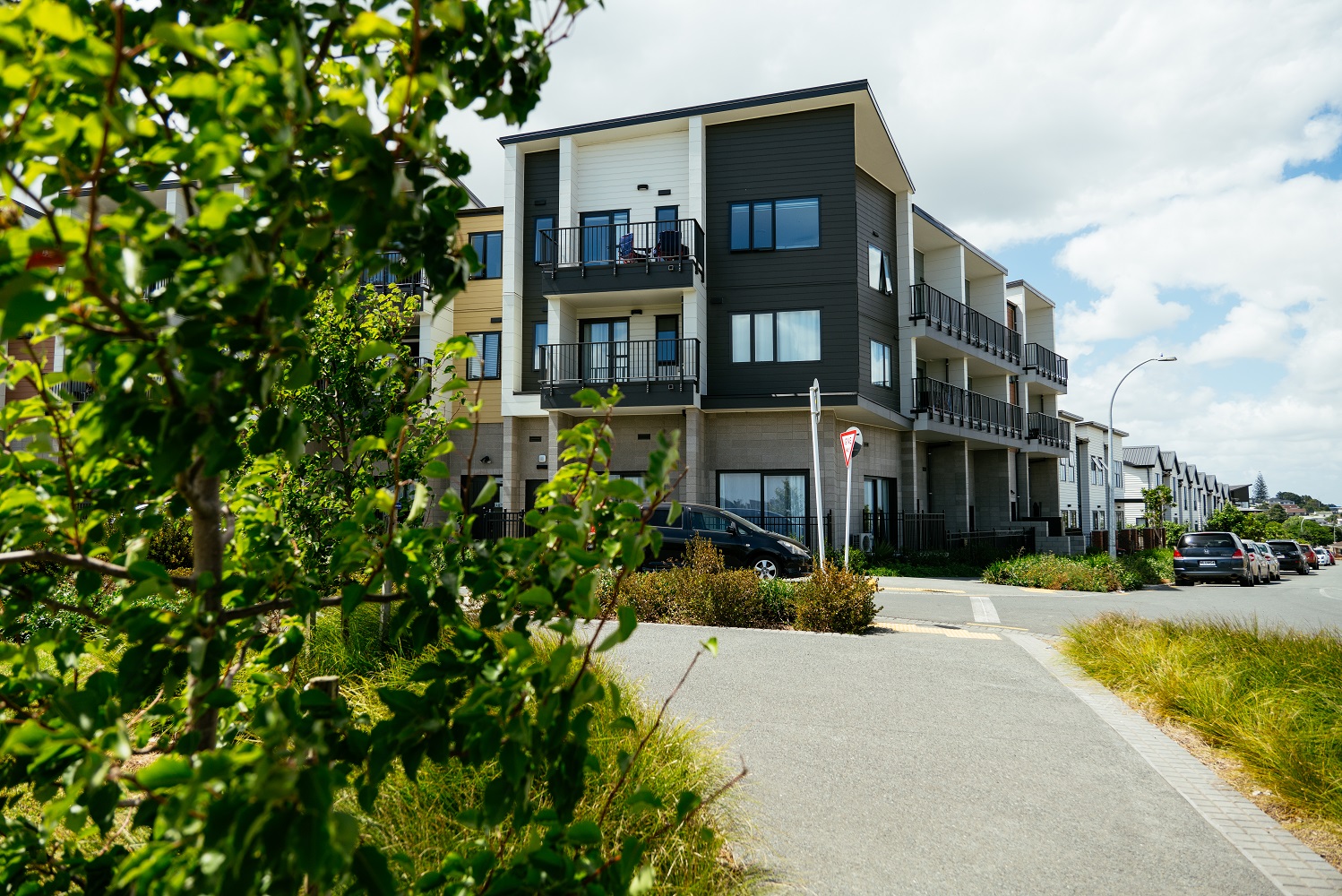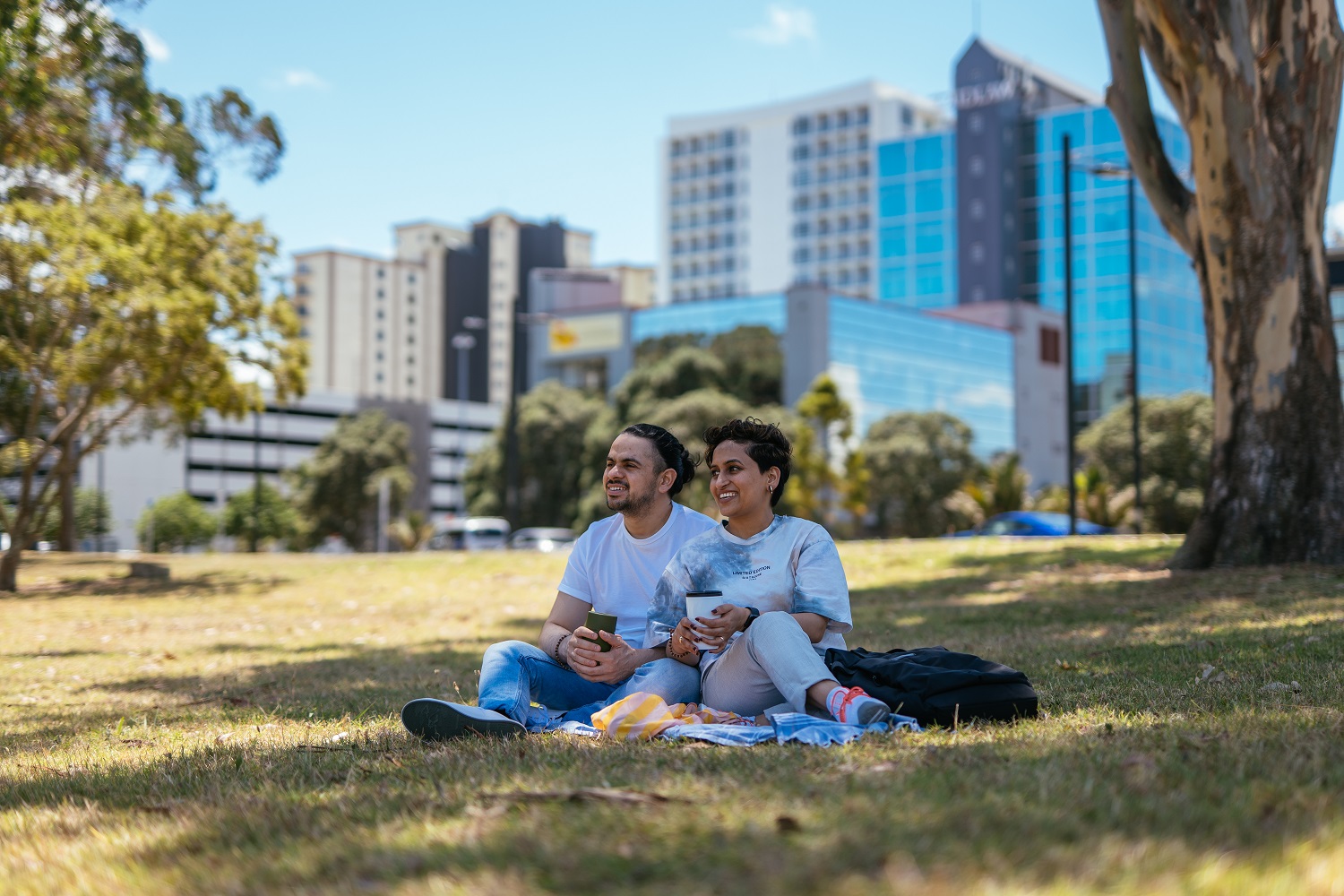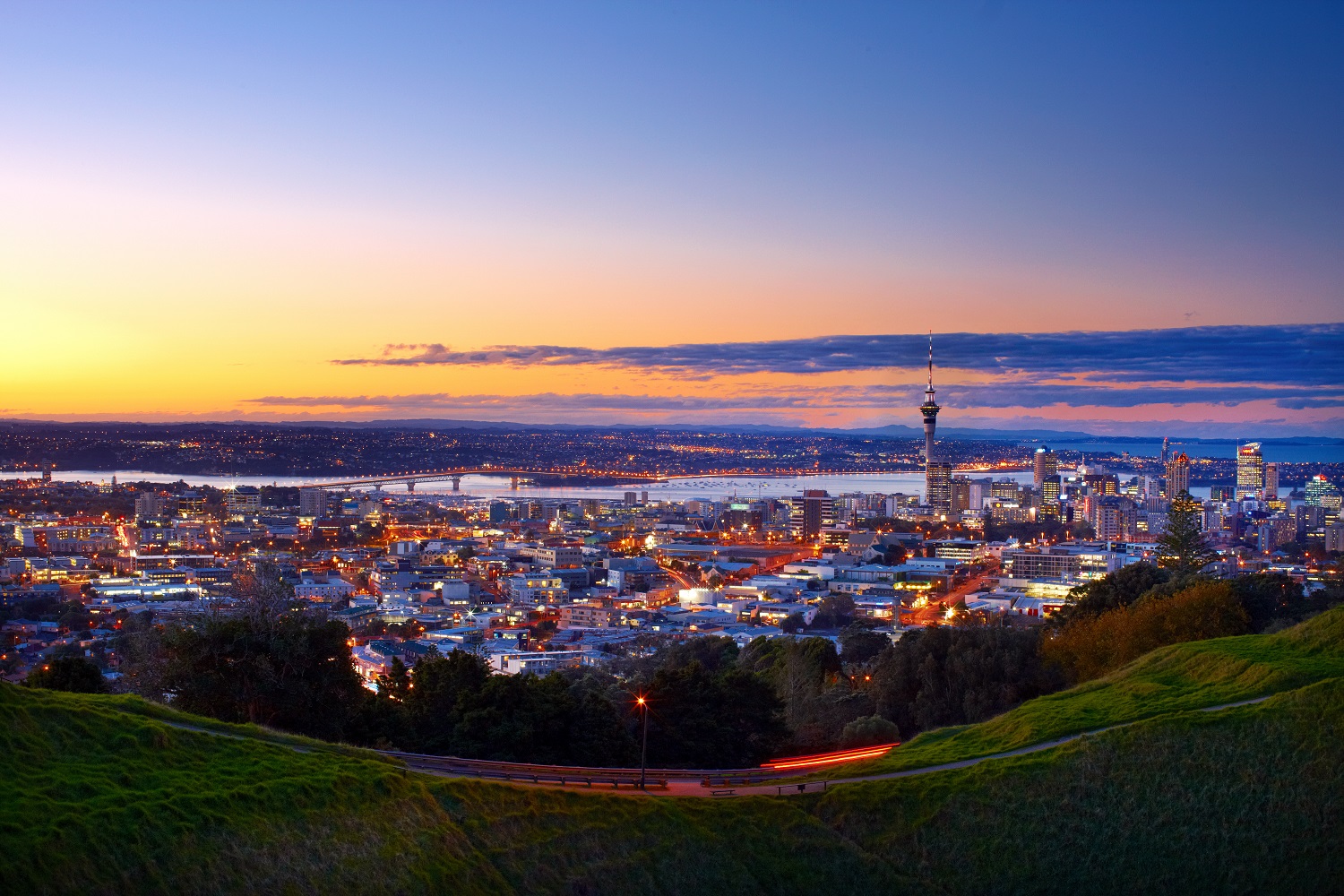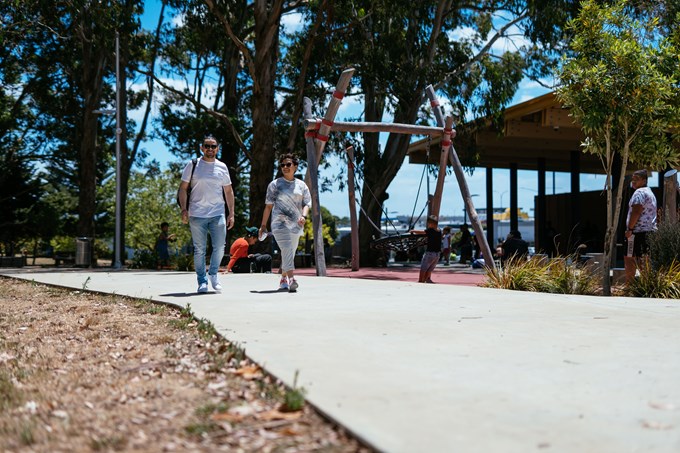With huge population growth forecast for Auckland in the coming decades, it’s time for the city to build infrastructure to match. But how do we create this new infrastructure on top of what’s already here?
In the mid-1850s, London was, to be blunt, full of crap. With no public sewage system to cope with the waste from the growing number of people living there, cesspits overflowed, the rivers and streams were open sewers, diseases were rife and the stench was overpowering.
At the time, the city was home to around 2.5 million people, and some of the plans the city’s chief engineer Joseph Bazalgette was looking at suggested the new system only needed to be big enough to handle the current volume of waste. Bazalgette not only decided to stump for large sewer pipes, he doubled the size of the pipes that were originally proposed, in part because he was unsure how London would change and grow in the future.
His foresight served London well. Since then, the population of the city has grown to nine million, and Bazalgette’s brick pipes are still an essential part of the system – some of the embankments he designed to house the pipes also allowed space for the creation of its famed underground rail network.
Auckland is at a similarly important juncture as it evolves from what Auckland Council’s chief economist Gary Blick calls “a teenager with growing pains” into a proper, grown-up international city.
Auckland’s population is expected to reach two million in the next 10 years and be closer to three million over the next 30. But housing affordability is already at its lowest ever point, the roads are busier than ever and, if business as usual continues, the city’s net greenhouse gas emissions are expected to increase by around 19 per cent by 2050.
So where will everyone live? How will everyone get around? Will it help us reach our climate goals? And will all these changes actually make Auckland a better place to live?

Built to last
To cope with this growth, a range of big infrastructure projects are underway or are planned in Auckland, including the City Rail Link, the Eastern Busway, light rail between the city centre and Mangere and – one which Bazalgette would no doubt approve of – the Central Interceptor, which will replace the ageing pipes in parts of Auckland and stop sewage from ending up in the harbour after heavy rain. Many more big projects are being considered by the government and the council, chief among them another crossing for the Waitematā Harbour.
Blick acknowledges that plenty of major infrastructure projects in bigger cities have been seen as controversial, and the costs to deliver them sometimes criticised. He notes too that population growth and density has tended to outpace expectation – given the choice, those cities wouldn’t be without those assets now.
“Successful cities use their land wisely by allowing more people to live where they want, closer to places with employment and amenities with more choices to get around efficiently.”
The house always wins
Economics focuses on the allocation of scarce resources and, in Auckland, the laws of supply and demand have seen the median house price increase from around $255,000 in 2001 to $1.2 million in 2021. As anyone with a job knows, that’s a lot faster than wage growth.
In a way, it underlines the need to be well prepared for future growth and, while most major cities have experienced similar precipitous rises over the past few decades, “runaway house prices carry risks for social cohesion,” says Blick. He sees affordable housing as an almost existential issue for the city. High prices entrench existing divides between those who already own their home and those who may never be able to. When there is a lack of affordable housing more people may decide to move elsewhere, particularly younger people, and it becomes harder to attract the talent and skills the city needs.
Having a wider variety of homes is one way to improve housing affordability and give people more choices that cater to their different stages in life. So, in 2016 the Auckland Unitary Plan – the city’s planning rule book – relaxed many of the density rules in specific areas, partly to increase the number of housing choices. It’s seen a lot more redevelopment, where new, usually higher-density homes are built on existing sections across many Auckland suburbs, closer to public transport.
In 2020, the government introduced its new National Policy Statement on Urban Development (NPS-UD), which is in broad alignment with the council’s Auckland Plan 2050, but has gone even further by allowing development of six storey buildings within walkable distances to the city centre, large metro centres (like Newmarket and Manukau), and train and rapid busway stations.
The aim is for large cities to function better with apartment-style living where people have easier commutes and access to their work, or local shops, parks and schools, but it also means big changes across the city in the years ahead.
Then, in December 2021, the government made more changes to how the city grows by passing a new law requiring the council to enable more housing of up to three storeys across most other Auckland suburbs, including terraced housing and low-rise apartments.

Options trade
Economists love choice, because it reveals preferences. At present, Blick says higher land prices in central areas show a preference for proximity – to jobs, transport links, schools, hospitality, shopping. Developers, he says, are starting to offer a much greater range of apartments and townhouses in those areas to a range of different buyers, from young professionals who want to get on the property ladder without moving to the city’s outskirts to older couples who are downsizing.
And while new high-density housing tends to support better public transport, better public transport also improves the choices for existing housing by providing better access to the things people need and reducing the time it takes to get around the city, says Blick.
Cities are ecosystems that respond to changes in the environment and Blick says enabling more high-density homes in relatively central locations means housing affordability should improve over time.
Having the right type of homes in the right places means more active and public transport options will be provided, transport emissions will be reduced, more public assets like parks, libraries and schools will be created, new businesses will start, more people will move there to take jobs and the economic and cultural flywheel of co-location will continue to spin.
Shifting baselines
Wendy and Mike Milne are a good example of how “normal” can change. Their first house was on around 26 acres near Dunedin. They lived in a large house in Remuera for many years. And now they live in an apartment near Karangahape Road.
They didn’t think they’d ever be living in the middle of the city, but they saw an opportunity to turn a floor of office space they owned into an apartment. And they’re certainly not alone: predictions for the population of the central city were reached far earlier than anticipated, showing that it has become an increasingly appealing prospect for many – and in the wake of Covid, some are predicting that the hybrid working world will make swathes of excess office space ripe for residential development. The council and government’s infrastructure investments and policy changes basically aim to provide this type of opportunity in other areas with good access to transport and a range of amenities.
Wendy says COVID-19 has not been kind to Auckland’s central city and, to return to the ecosystem analogy, because workers have been staying home, stores and restaurants have been forced to close and public transport numbers have dipped. But Auckland’s long-term growth is likely to continue and looking ahead 20 years or so when her grandchildren might be looking to buy their own place, she knows there needs to be more houses, different houses and cheaper houses on offer for that to be feasible – even with the bank of mum and dad on board.
Decisions, decisions
Nothing is inevitable in a city. Decisions made decades ago are still being felt now. And decisions made now could change the city in a decade. Urban designer James Lunday grew up in Glasgow, spent over 20 years living in Auckland and is now part of the team working on the regeneration of Christchurch. He says it only took a decade for big cities like New York and London (and smaller cities like Auckland) to turn from a series of walkable villages with public transport networks for occasional longer trips to a maze of motorways, big bridges and sprawling suburbs. Most were in thrall to the car at the time and this meant they failed to invest enough in their public transport networks – or, in Auckland’s case, they removed a big chunk of it entirely when they got rid of the electric tram network.
In many of those older cities that were already quite compact, he says they were able to quickly shift the focus back to public transport, which is essential for increased population density.
In some places, change came from direct public action. The seeds for the now-famed Dutch cycling culture were planted after a steep increase in road deaths in the 1970s led to a new social movement. Citizens protested to demand safer cycling infrastructure, bike usage grew over time, the rules continued to change in cyclists’ favour and now it seems entirely natural to bike everywhere. Utrecht’s new bike parking station, the biggest in the world, shows how past decisions and investments have changed the way that city functions.

All change
Change is happening in Auckland, too. When Lunday arrived there, the waterfront was full of logs and fuel tanks. Over the years, a lot of work has been done to open it up to people (and there’s more to come) and Wynyard Quarter, Britomart and the area around the bottom of Queen Street are all major assets to the city and are all, relatively speaking, quite new.
The Unitary Plan has resulted in a huge jump in housing consents for apartments and townhouses (in 2021, there were 170 per cent more high-density dwellings consented than in 2016) and the government’s new requirements for six-storey apartments and medium density houses of up to three storeys on most existing plots without resource consent will push that further.
Before COVID-19, public transport usage in Auckland was at its highest ever level (the Northern Busway was transporting more than half of all commuters travelling over the harbour bridge) and cycleway usage has continued to rise, in part due to the arrival of e-bikes.
Dream weavers
Lunday thinks Auckland’s setting is among the world’s best. Lush bush, beautiful coastlines, multiple harbours, volcanic cones galore. But given the still-lingering hangovers of some of the city’s architectural design and planning follies of the last century and the fact that currently the average tree canopy cover across urban Auckland is just 18 per cent (the council’s strategy is to gradually increase this to 30 per cent, in line with cities like Wellington and Sydney), it remains that in some quarters there are still legitimate reasons for concern around how intensification will play out.
He says cities like Singapore – where high population growth and a relative lack of available land means a need to combine housing density with access to employment, transport and other crucial services – show what’s possible when you have a long-term vision rather than an ad hoc approach. And while the degree of intensification in the Southeast Asian hub comfortably outstrips even the longest-term plans for Tāmaki, hubs like Manukau, New Lynn and Newmarket provide an effective blueprint for how such an approach could work locally – dispersed hubs offering jobs, retail, housing and strong PT links to South, West and East Auckland respectively.
Intensification is not just about fitting in more houses. It’s also about creating more communal outdoor space – within private buildings and in public areas – and investing in shared public assets. Lunday semi-jokes that the council’s parks department should really have a bigger budget than the roading department if Auckland wants to do intensification well.
He recalls a writer likening his hometown of Glasgow to Cher: always reinventing itself, constantly gorgeous. And when asked which musical star would personify Auckland he instantly says Dolly Parton: she’s beautiful, she’s got a big heart, but she never really reinvented herself.
People still love Dolly. But perhaps now is the time for Auckland to be a bit more like Cher.


